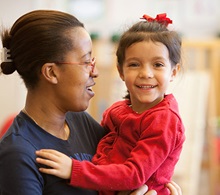 What is the right age to start your child in preschool in Omaha and Elkhorn, NE? You may worry about starting him too early when he’s not quite ready to grasp all of the new concepts that are introduced in a more structured, quality childcare setting. Or on the other hand, you worry about starting him to late and not giving him enough time to develop the skills necessary to succeed in Kindergarten.
What is the right age to start your child in preschool in Omaha and Elkhorn, NE? You may worry about starting him too early when he’s not quite ready to grasp all of the new concepts that are introduced in a more structured, quality childcare setting. Or on the other hand, you worry about starting him to late and not giving him enough time to develop the skills necessary to succeed in Kindergarten.
If this decision proves to be difficult for you, you’re not alone. Parents seem to be strategically planning when to start their child in Preschool more and more these days. Certain childcare centers have cutoff birthdates for enrollment that can cause parents to worry about getting their child in to Preschool early. Other studies show that there are benefits to holding a child back to “buy another year” of maturity. This is so common, in fact, that it’s become popular in many parts of the country to have your child start school as late as possible. With a world full of articles and studies with sometimes conflicting results, how do you know what is best for your child?
The world of daycare and preschool isn’t always immune to trends, and the issue of holding them back intentionally to help them gain a competitive advantage is very trendy right now. But just like any trend, this one isn’t really proven to be as successful as parents may hope. At Premier Academy our preschool team can help you sweep aside the myths about early childhood education, and focus on the most important thing: Your child. The best way to answer the question of when your child should start Preschool is; when they are ready!
Signs That Your Child is Ready for School
Knowing when your child is ready to start school might feel like a daunting task, especially if you are not familiar with what skills and traits will make him successful in that environment. Don’t worry, Premier Academy is determined to provide the best childcare for preparing your child for Kindergarten. Here are some signs that your child is ready for our preschool program in Omaha or Elkhorn.
- Is he comfortable working on art projects or looking at books on his own for a few minutes at a time? Can he focus on a task for short periods of time?
- Basic skills.Can she (more or less) take care of washing her hands, eating, and the majority of her potty needs? Does she communicate her needs to you?
- Has she spent time being watched by grandparents and/or other responsible adults? Is she comfortable being away from parents for a period of time?
- Does he participate well with other children, not just playing, but in structured settings?
- Predictability. Does she have a somewhat regularly scheduled day? Like eating, napping, playing at around the same time every day? Does she handle moving on to new activities well?
- Can she handle the demands of the Preschool you’re considering with the amount of napping and activity she’ll get there?
- Are the classroom size and the specific teacher a good match for your child?
- YOUR preference.Would it work best for your family for him to go to preschool?
In the end, there is no perfect formula to decide when your child is ready for school. The best thing to do is assess your child based on the qualities listed above and make a decision that feels right to you and your family. The staff at Premier Academy is here to offer expert advice about your child’s school readiness or any other area of concern. Come see us today!

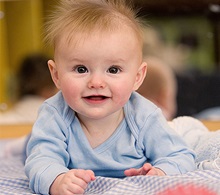 Are there benefits to teaching your child baby sign language? Although some studies point to increased intellectual development, the primary benefit of using baby sign language is decreased frustration for both you, your daycare provider, and your baby. Babies can use sign language to communicate their wants and needs long before they begin using words.
Are there benefits to teaching your child baby sign language? Although some studies point to increased intellectual development, the primary benefit of using baby sign language is decreased frustration for both you, your daycare provider, and your baby. Babies can use sign language to communicate their wants and needs long before they begin using words. 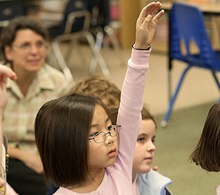 These days, parents have so many different options when it comes to childcare. Parents can choose from childcare centers, home care providers, nannies, non-profit programs, state-funded programs, and so many others. There is a variety of titles for these services, including childcare, daycare, preschool, or early childhood education. Are these terms interchangeable? And how do they differ in terms of quality?
These days, parents have so many different options when it comes to childcare. Parents can choose from childcare centers, home care providers, nannies, non-profit programs, state-funded programs, and so many others. There is a variety of titles for these services, including childcare, daycare, preschool, or early childhood education. Are these terms interchangeable? And how do they differ in terms of quality?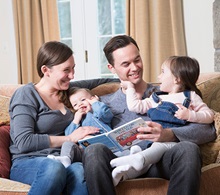
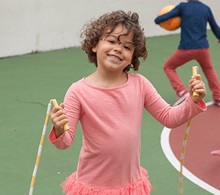 Child Development through Structured & Unstructured Play
Child Development through Structured & Unstructured Play